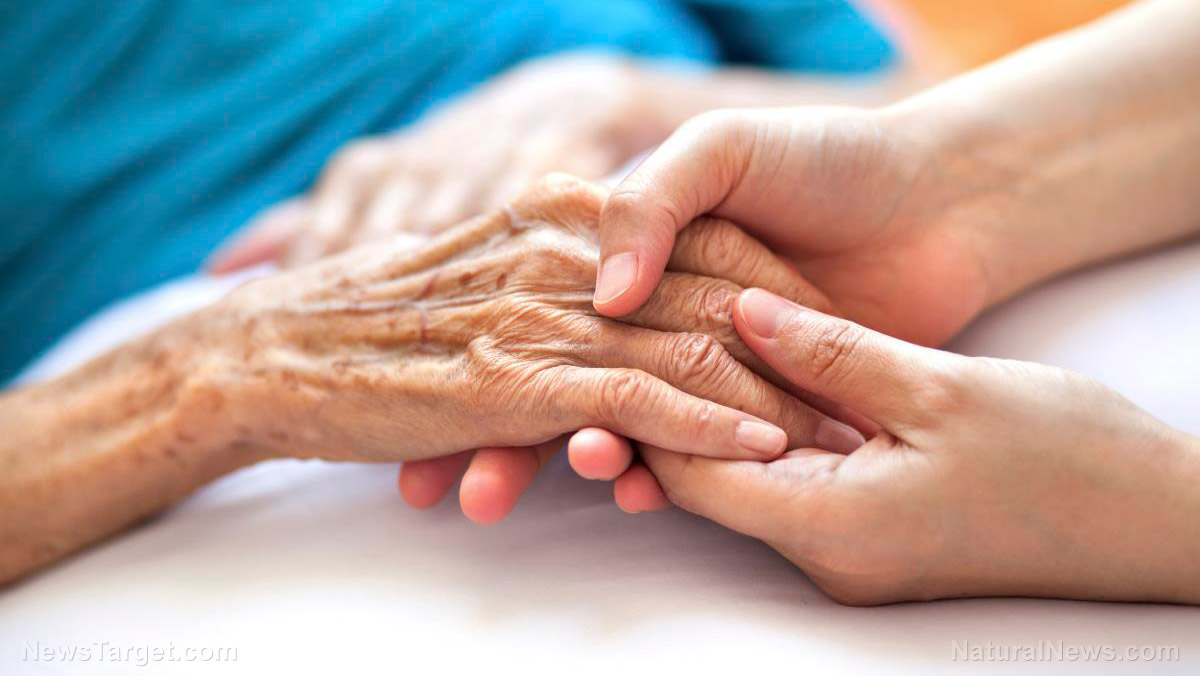
Physically active teenage girls more likely to focus on their tasks, ignore distractions
In Pindus' study, she and the other researchers evaluated the intensity of the study participants' physical activity over time using a measure they called an "intensity gradient." This metric offered a broad picture of how much each individual does intense physical activity over the course of the day. To evaluate each individual's intensity gradient, the researchers graphed the intensity gradients on a slope to visualize the intensity of the individual's activity over the course of a day. A shallower slope meant the teenager engaged in a greater amount of moderate-to-vigorous activity over time, while a steeper, downward slope meant the person engaged in less vigorous activity. After controlling for other factors that could have influenced the intensity gradient, such as body mass index and aerobic fitness, Pindus and her team found that the intensity gradient corresponded with the girls' ability to maintain their attention on a task during cognitive trials that involved the participants having to actively ignore an onslaught of distracting information. Meanwhile, the girls who did less intense physical activity over the course of a day took far longer and were less accurate on these same tests. "We know that we are not doing a great job in involving adolescents in physical activity," said Pindus. "Worldwide, about 80 percent of adolescents are usually physically inactive. Boys tend to be more physically active than girls and to engage in more high-intensity physical activity." Pindus added that these discrepancies between teenage boys and girls need to be addressed in future studies. "It tells us that we may need to focus on intervention strategies that engage girls who are the least physically active in high-intensity physical activity to enhance cognitive functions important for academic achievement," she said. Learn more about the benefits of exercise at HealingArts.news. Watch this video from the "Holistic Herbalist" discussing the many benefits regular exercise can provide for memory. This video is from the Holistic Herbalist channel on Brighteon.com.More related stories:
Adding 6 minutes of intense exercise to your daily routine can help support brain health in middle age. Beetroot juice found to "significantly increase muscle force during exercise." Is there a best time during the day to exercise? Science settles the debate. Study: Late afternoon exercise helps control blood sugar, cholesterol and triglyceride levels. Study: 5 Hours of exercise a week can help prevent 46,000 cancer cases in the US yearly. Sources include: DailyMail.co.uk News.Illinois.edu Brighteon.comBoost your immune system and overall health naturally with ginger
By Olivia Cook // Share
Researchers find heartbeat-like radio bursts in sun’s solar flare
By Kevin Hughes // Share
Support healthy blood sugar levels with this delicious sweet potato and pumpkin soup
By Zoey Sky // Share
15 Perennial herbs to grow in your survival garden
By Olivia Cook // Share
Cahlen Lee shares tips on how to detoxify dioxins using food and nutrition
By Kevin Hughes // Share
Off-grid communication: How to stay connected when the system fails
By dominguez // Share
Eat more nuts to lower cancer risks
By newseditors // Share
The silent alarm: Why hand numbness demands your attention
By willowt // Share
Hunter Biden DISBARRED in Connecticut over firearm and tax convictions
By ramontomeydw // Share
Israel announces plan to demolish residential buildings in West Bank's Nur Shams camp
By kevinhughes // Share











